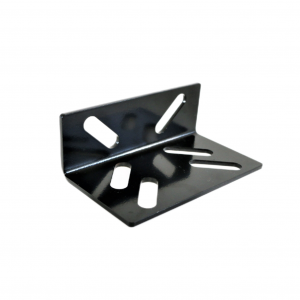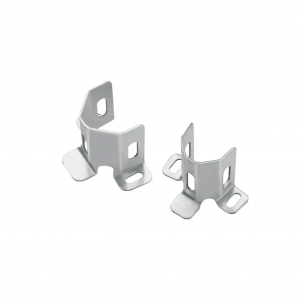Customized elevator accessories 304 stainless steel lift button
Description
| Product Type | customized product | |||||||||||
| One-Stop Service | Mold development and design-submit samples-batch production-inspection-surface treatment-packaging-delivery. | |||||||||||
| Process | stamping,bending,deep drawing,sheet metal fabrication,welding,laser cutting etc. | |||||||||||
| Materials | carbon steel,stainless steel,aluminum,copper,galvanized steel etc. | |||||||||||
| Dimensions | according to customer's drawings or samples. | |||||||||||
| Finish | Spray painting, electroplating, hot-dip galvanizing, powder coating, electrophoresis, anodizing, blackening, etc. | |||||||||||
| Application Area | Auto parts, agricultural machinery parts, engineering machinery parts, construction engineering parts, garden accessories, environmentally friendly machinery parts, ship parts, aviation parts, pipe fittings, hardware tool parts, toy parts, electronic parts, etc. | |||||||||||
Advantags
1. More than 10 years of overseas trade expertise.
2. Provide one-stop service from mold design to product delivery.
3. Fast delivery time, about 30-40 days. In stock within one week.
4. Strict quality management and process control (ISO certified manufacturer and factory).
5. More reasonable prices.
6. Professional, our factory has more than 10 years of history in the field of metal stamping sheet metal.
Quality management
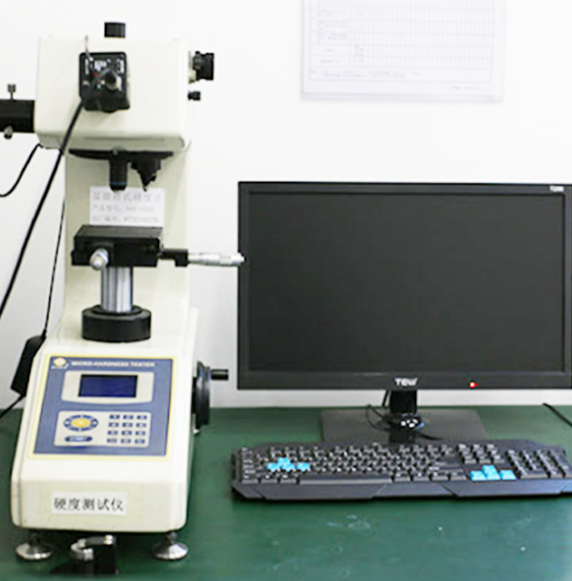
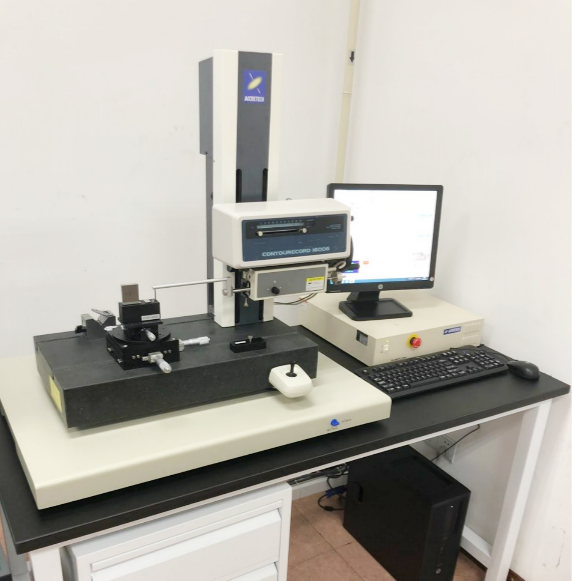
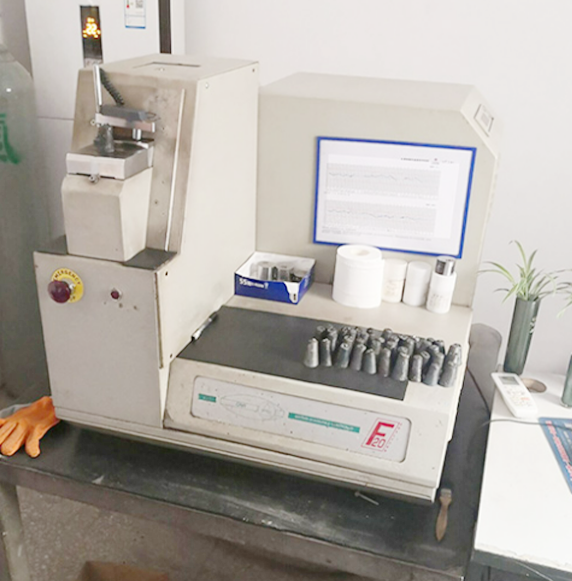
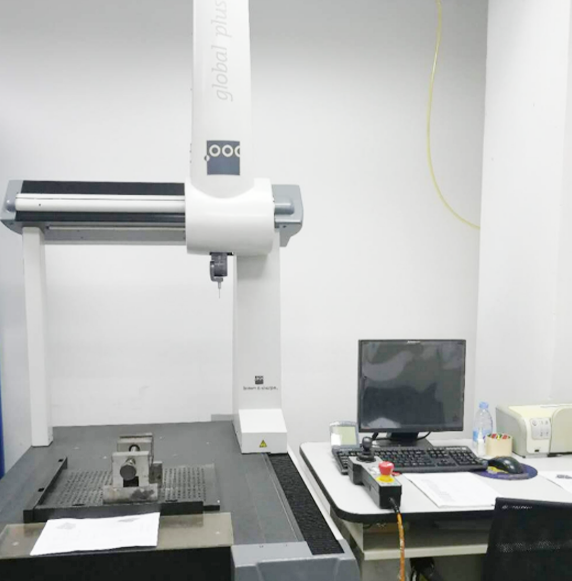
Vickers hardness instrument.
Profile measuring instrument.
Spectrograph instrument.
Three coordinate instrument.
Shipment Picture




Production Process
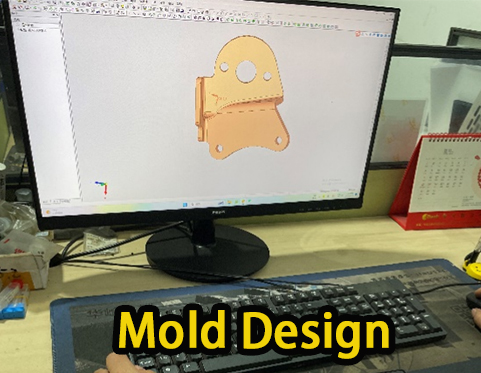
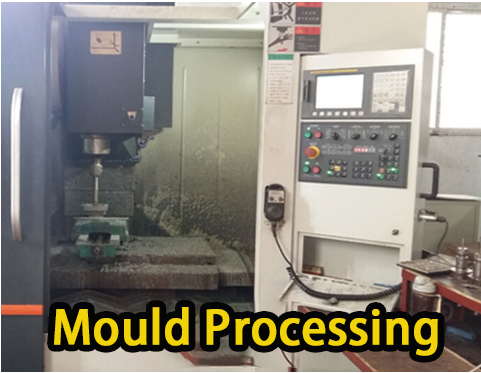
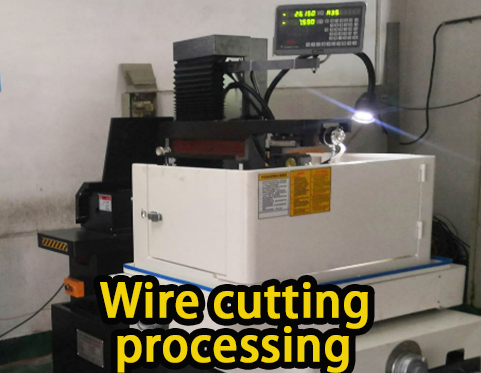
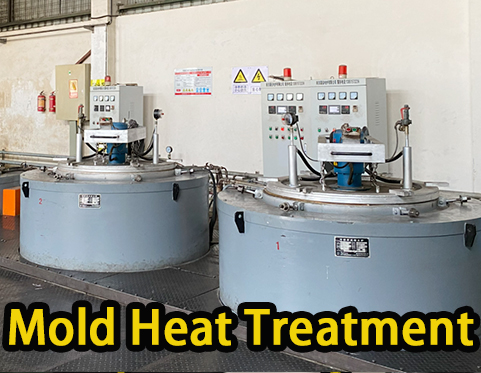
01. Mold design
02. Mould Processing
03. Wire cutting processing
04. Mold heat treatment
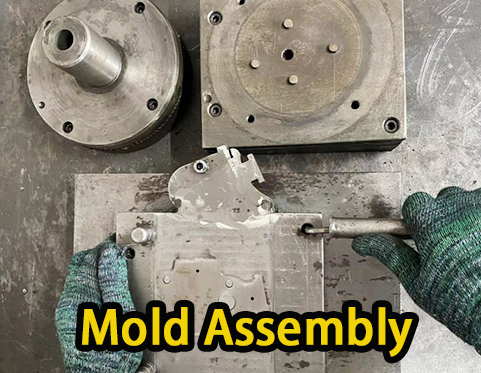
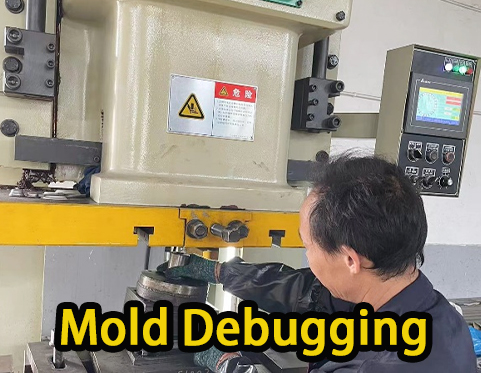
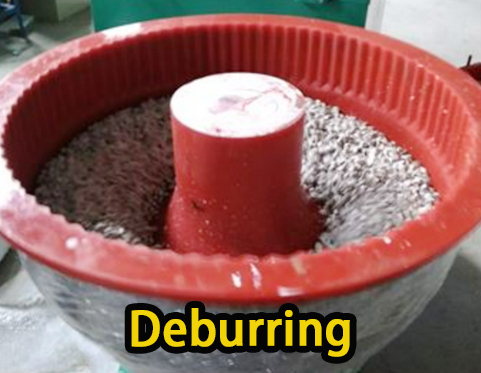
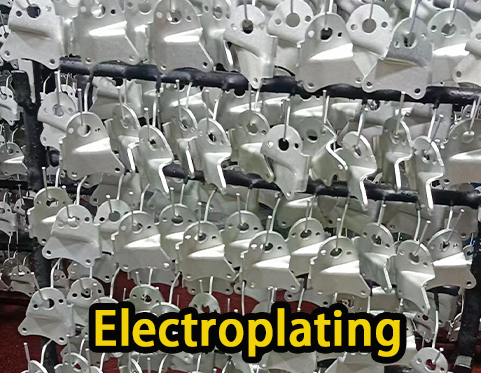
05. Mold assembly
06. Mold debugging
07. Deburring
08. electroplating

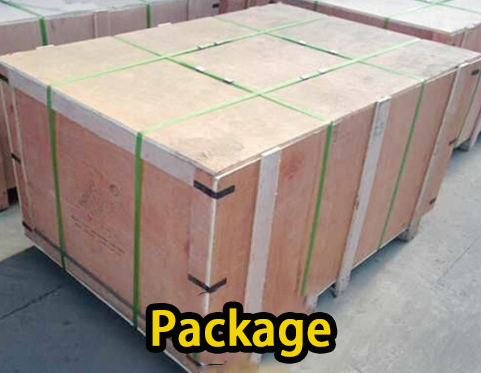
09. Product Testing
10. Package
Types of stamping
Stamping is a significant metal processing technique that primarily uses pressure tools, like punching machines, to push materials to split or deform in order to produce product pieces that really fit specifications. The separation process and the shaping process are the two basic categories into which the stamping process falls.
Whereas the goal of the shaping process is to cause the material to plastically deform without losing its integrity, the separation process aims to partially or totally separate the material along a certain contour.
The stamping types that our organization offers are as follows:
- Cutting: A stamping technique that splits the material along the open contour, but not entirely.
- Trimming: To give the formed part a specific diameter, height, or shape, trim the edge with the die.
-
Flaring: Extend the hollow or tubular part's open portion outward.
Punching: To create the necessary hole on the material or process component, separate the waste from the material or part following the closed contour. - Notching: Use an open contour, shaped like a groove with a depth greater than its breadth, to separate trash from material or process portion.
-
Embossing is the process of pressuring the material's local surface into the mold cavity in order to form a concave and convex pattern.
Additionally, our company's stamping dies may be categorized into four groups based on the varying degrees of process combination: single-process dies, compound dies, progressive dies, and transfer dies. Every die has unique benefits and application scenarios. A compound die, on the other hand, can accomplish two or more stamping processes on the same punch press at the same time, whereas a single-process die can only complete one stamping step in the stroke of a stamped item.
These are just a few of the most basic kinds of stamping. The actual stamping procedure will be modified in accordance with particular product specifications, material kinds, processing tools, and other elements. In practical applications, a number of parameters will be carefully taken into account in order to choose the best stamping method and die type.
FAQ
Q: Are you a manufacturer or a trading company?
A: We are the manufacturer.
Q: How can I get a quote?
A: Send us your drawings (PDF, stp, igs, step...) via email, mentioning the material, surface treatment, and quantity. We will then provide you with a quote.
Q: Can I order just one or two pieces for testing?
A: Of course.
Q: Can you produce based on my samples? A: Of course. Q: What is your delivery timeframe?
A: It varies between seven and fifteen days, depending on the order quantities and product process.
Q: Do you inspect and test every product before shipping?
A: Absolutely, every delivery is 100% tested.
Q: How can you create a solid, long-lasting business relationship with me?
A:1. We maintain competitive prices and high quality to guarantee our clients' profit;
2. We treat every customer with the utmost friendship and business, regardless of their origins.



